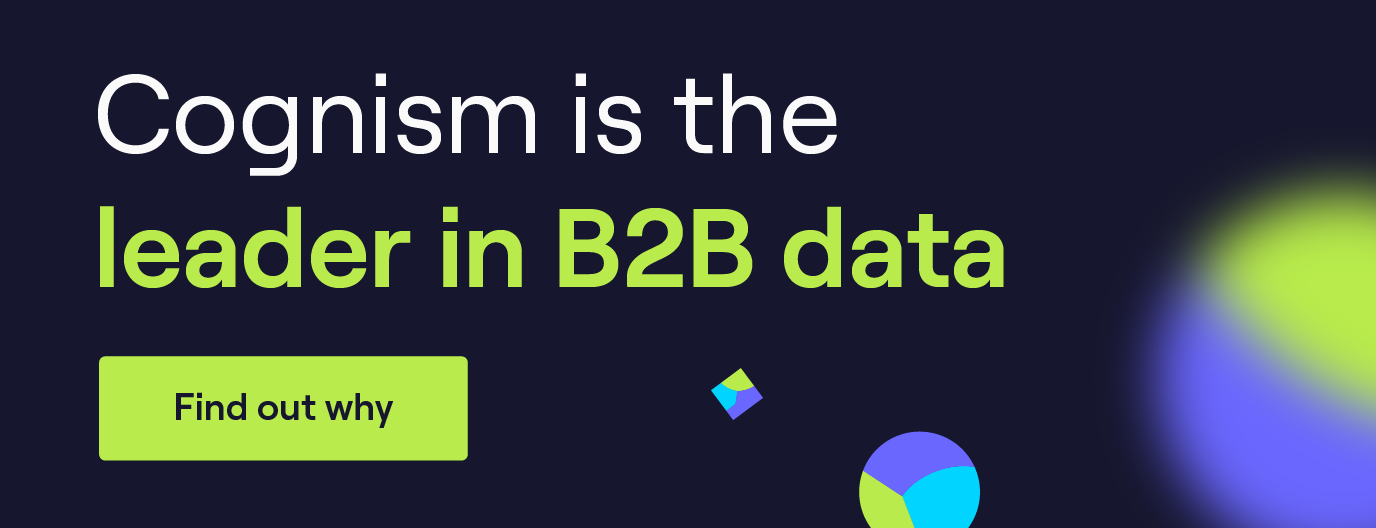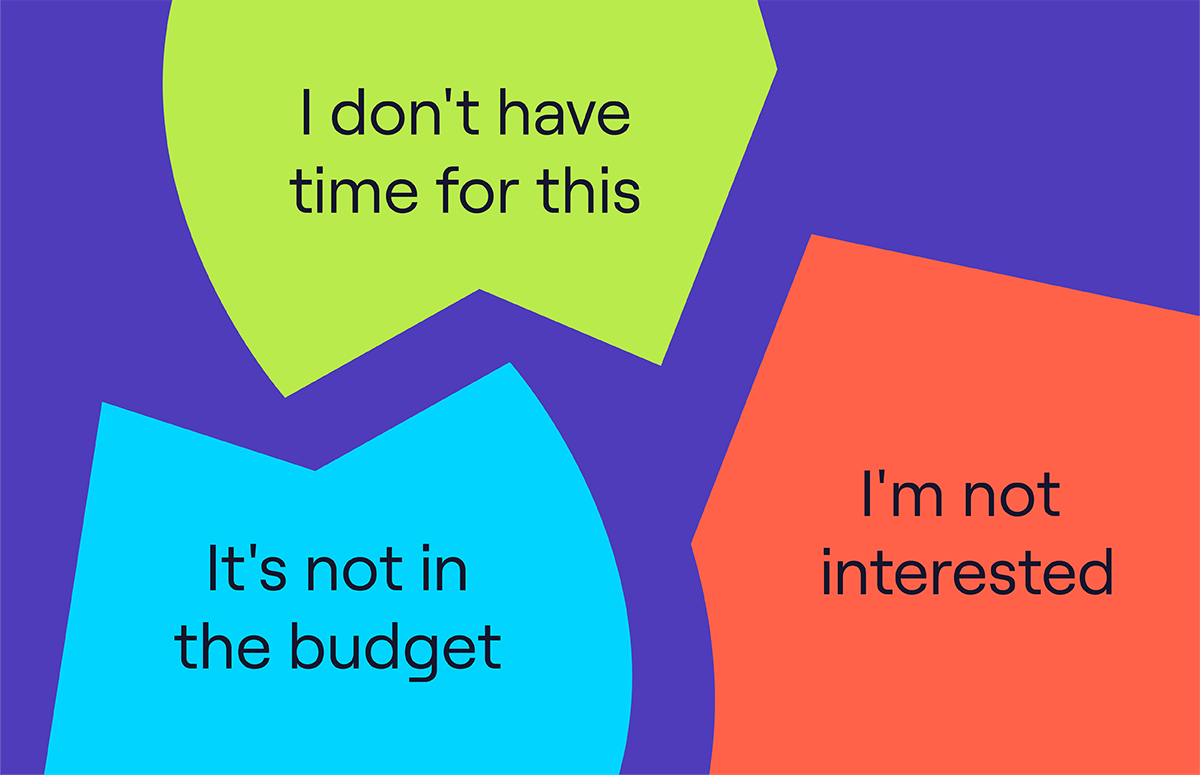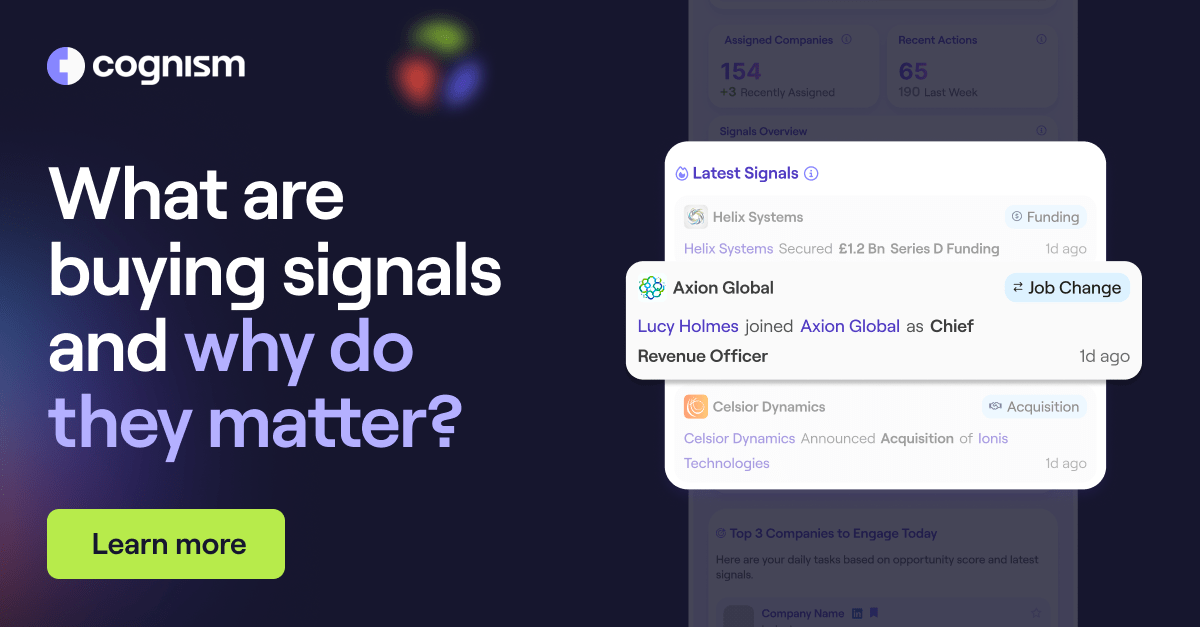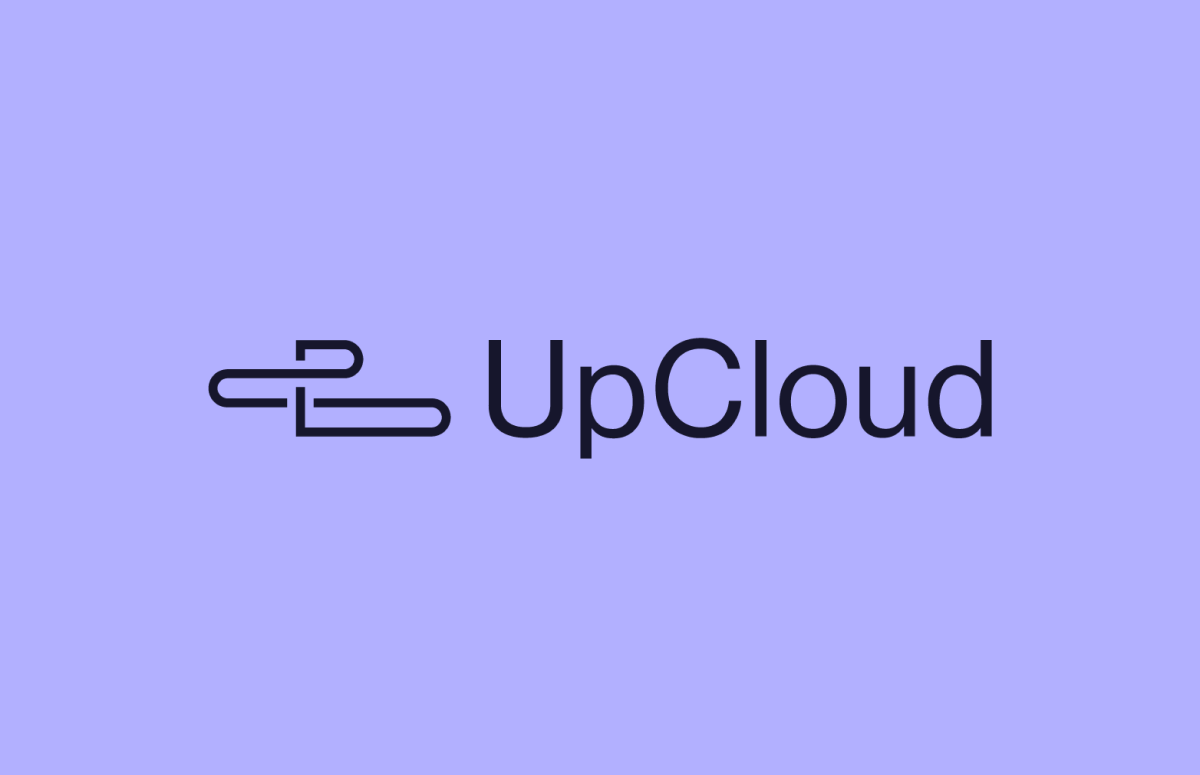Customer Data: Types and Collection for Better B2B Sales
For most companies, the problem isn’t that they don’t have enough customer data.
They don’t have enough of the right kind of data: the data that will help them make effective business decisions, inform sales conversations, and ultimately drive more revenue.
In this article, we’re giving you a quick-start guide to better customer data management, explaining:
- The importance of customer data in modern sales motions.
- The different types of data you should focus on.
- The most essential and effective channels for gathering insightful customer data.
Let’s start 👇
What is customer data?
Customer data encompasses all behavioural, demographic, and personal information collected directly from customers or obtained from third parties, such as data vendors or business partners, which can be linked to a specific customer.
For example, you can collect customer data with permission when potential customers visit your website, use mobile apps, fill in surveys, respond to marketing campaigns, or attend events.
But when it comes to establishing customer data insights, consider expanding your perspective.
Details like contact numbers and emails fall into this category, but so does behavioural data, such as:
- Which website pages prospects spend the most time on.
- How they interact across the buyer journey.
- How current customers interact with your product and onboarding sequences.
Why is customer data important?
Customer sales data helps businesses better understand customers, improve their products and services, and drive growth and profitability.
Here’s why the value of customer data in B2B matters:
1. Better reporting
Access to a database of accurate data is a game changer for sales and marketing teams! It allows you to dig into analytics if and when needed, and when you have a question you want answered, the data is already organised in a way that makes it easy to create an insightful report.
You can then monitor these reports regularly to track and measure the impact of any initiatives you implement.
However, better reporting capabilities are essential to maximising your customer data profiles. This means quickly accessing and analysing data in real-time and generating clear and visually appealing reports that provide actionable insights.
One way to improve customer data reporting is to implement a robust CRM (Customer Relationship Management) system. A CRM system can help you track and manage customer interactions, store customer information, and generate reports that provide valuable insights into customer behaviour and preferences.
Just be sure to keep your data updated by enriching your records frequently.
Cognism can help you do this! Take this interactive tour to see how 👇
2. Personalisation for larger deals
Data allows businesses to create personalised experiences for their customers.
Using these insights, you can analyse customer preferences, behaviours, and purchase history. Moreover, businesses can tailor their marketing messages, recommendations, and promotions to individual customers, increasing the likelihood of conversion and customer loyalty.
This is especially effective when creating ABM campaigns targeting hard-to-get big fish accounts.
Once you have the right enterprise customer data for these accounts, you can create targeted marketing campaigns, personalised home pages, and exclusive promotions that resonate with each customer on a personal level.
3. Next-level targeting
With the right sales and marketing data, businesses can segment their customer base and target specific audiences with relevant marketing campaigns.
You can better understand your customers’ preferences, behaviours, and needs using customer data segmentation. This allows you to create targeted marketing campaigns that speak directly to the unique interests of different customer segments.
For example:
A recruiter may use B2B data to identify segments of an audience looking for a role in SaaS Sales over a role in SaaS marketing. With this information, they can tailor their marketing messages and promotions specifically for this audience, increasing the likelihood of connecting with the right talent to fill a vacant position for a client.
4. Improved decision making
A customer data strategy helps businesses make more informed decisions by discovering valuable insights into customer preferences, behaviours, and trends. This allows companies to tailor their products and services to meet the needs of their target audience.
For example:
By analysing customer purchase history and feedback, businesses can identify which products are most popular and which may need improvement. This information can then influence product development, pricing strategies, and marketing campaigns.
5. Encourage customer loyalty
Customer journey data can feed insights back to customer-facing teams (sales, support, success), and you can make meaningful improvements to your customer experience and retention rates.
For instance, delving into customer support ticket trends can help you uncover common problems new users face. You can address them with on-demand content, better onboarding materials or workflows, or sales-driven implementation sessions.
By understanding customer preferences, behaviours, and needs through data analysis, businesses can consistently engage with customers based on their data-driven preferences and build long-lasting relationships.
6. Better understanding of the product funnel
Digging into engagement data, such as how prospects engage with sales assets, social media publications, emails, etc., can help you optimise your existing channels and campaigns.
The same goes for engagement with onboarding materials and the adoption of product features, which help you learn more about the product funnel and determine where to focus (acquisition, engagement, or monetisation).
Types of customer data
Collecting and analysing different types of customer data is a basis for creating a masterful data driven marketing plan.
Segmentation precedes efficiency, so breaking up your customer data helps you to focus on what counts.
There are four types that businesses typically collect to power their strategies:
1. Attitudinal data
Attitudinal data relates to customers’ thoughts and feelings about your brand, product, market, and competitors.
Attitudinal data can provide valuable insights into how customers perceive your brand and products, helping you identify areas for improvement and opportunities for growth. By analysing attitudinal data, you can better understand your customers’ needs, wants, and preferences.
These are often first-hand accounts; they can be relatively subjective and qualitative, but they’re still incredibly useful input for go-to-market strategies.
Examples of attitudinal data points include:
- Customer complaints.
- Public reviews.
- Survey responses related to the buying journey.
- Purchasing preferences.
- Customer satisfaction scores.
2. Behavioural data
Behavioural data is how customers act, helping you find underlying patterns that inform sales, marketing, and product strategies.
Product usage data is an important subcategory of behavioural data, where you’re looking at user behaviour like:
- Regularly repeated actions.
- How often users log in.
- Task completion.
- Devices used to access your software.
- Feature adoption.
However, there’s also a tonne of customer data you must capture before prospects become customers.
Qualitative website engagement data, provided by heat mapping software tools like Hotjar, can provide valuable insights into how prospects engage with content and what messages best connect with buyer needs.
Then, there’s transactional data, which includes data points like:
- Subscription details.
- Previous purchase.
- Cart abandonment information.
- Average order value.
This is all behavioural data, as it speaks to how customers act or behave. This information can help you understand how customers engage with your products or services, what drives their purchasing decisions, and where they may encounter obstacles in the customer journey.
3. Engagement data
Engagement data is crucial for informing customer data strategies and understanding how customers interact with your brand and B2B marketing efforts. By analysing this data, you’ll gain insights into what resonates with your audience, what isn’t working, and where there may be opportunities for improvement.
Instead of using heat mapping tools to understand individual user behaviour, engagement data covers large-scale engagement with your various marketing channels.
Common examples of engagement data you can target include:
- Website page visits.
- Content asset conversion rates.
- Ad engagement.
- Click-through rates (CTRs).
- Email engagement.
- Social media interactions such as likes, shares, and comments.
- Survey participation rates.
- Event attendance.
- Overall customer satisfaction scores.
For example:
If a particular social media post receives a high engagement rate, it may indicate that the content resonates well with your audience. On the other hand, if an email campaign has a low click-through rate, it may suggest that you need to adjust the messaging or call-to-action.
4. Personal data
Finally, we’ve got personal data, which is information related to a specific individual (each of your customers). It allows businesses to personalise customer interactions and provide a more tailored experience.
We can divide this into two categories:
- Personally Identifiable Information (PII): Data used to identify a person, such as their name, address, phone number, email address, etc.
- Non-Personally Identifiable Information (Non-PII): More generic data that can’t be used to identify a person, such as their IP address or device ID.
Though this data is personal, it still has the potential to provide valuable insights. For example, gender or age information can inform social media ad targeting parameters.
In B2B, compliance laws like GDPR and CCPA ensure that contact data collected via customer data platforms like Cognism, ZoomInfo and Lusha is only related to businesses.
This is due to the increasing concern over privacy and data security. Businesses must handle data responsibly and ensure that contacts consent to the use of their data for sales and marketing purposes. You can also leverage insider alerts to secure robust protection against data breaches.
How do you collect customer data?
There are several ways in which companies can collect customer data:
1. Online forms
Companies often use online forms on their websites or social media platforms to gather customer information.
These forms typically ask for basic information such as name, email address, and phone number.
2. Surveys
Surveys are a great way to collect more detailed customer information about their preferences, needs, and experiences with your products or services.
You can conduct surveys via email, social media, or your website.
3. Website analytics
Tools like Google Analytics can provide valuable insights into how customers interact with your website, what pages they visit most frequently, and how long they spend on each page.
4. Customer feedback
Encouraging customers to provide feedback through reviews, ratings, and comments can also provide valuable data on their experiences with your brand.
5. Social media monitoring
Monitoring social media platforms for mentions, comments, and interactions can help you understand how customers perceive your brand and what they say about it.
6. Email marketing
Tracking email open rates, click-through rates, and engagement metrics can provide valuable data on how customers respond to your email campaigns.
7. Purchase history
Tracking customer purchases, order history, and product preferences can help you understand their buying habits and tailor your marketing efforts accordingly.
8. Customer data companies
Customer data platforms are businesses that specialise in collecting and selling customer data to other companies for various purposes.
But it’s not just about selling B2B data. These tools also protect, manage and enrich customer data while ensuring compliance.
For example, Cognism ensures customer data protection by following strict compliance laws. The tool offers unrestricted mobile phone numbers and B2B emails of people you want to do business with. ( Subject to a generous fair usage policy.)
Keen to learn more? 📞 Book a call with a data expert today, or check out our pricing page.
Get quality B2B customer data from Cognism
When it comes to customer data collection, Cognism is an excellent option.
You can use our technology to:
- Calculate your TAM and generate complete target account and contact lists.
- Enrich your leads database and plug any gaps with information straight from Cognism’s compliant data asset.
- Help your revenue team meet performance targets with accurate direct dials and mobile numbers.
- Enhance your workflows with Cognism’s data and CRM/revenue tech stack integration.
Ready to learn more? Book a demo with a data expert today 👇



